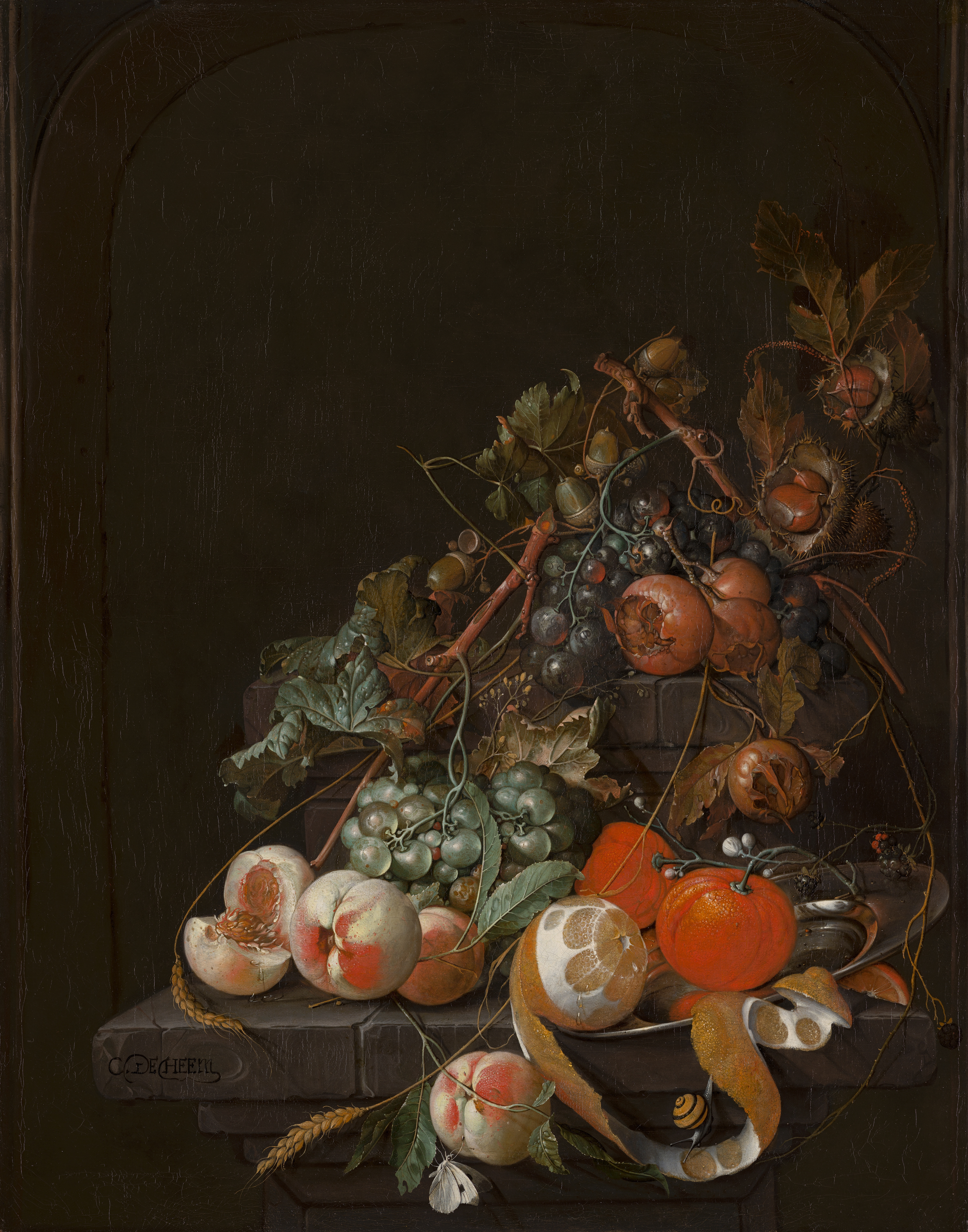The State Hermitage Museum / Государственный Эрмитаж has been open to the public since 1852.
It was founded in 1764 when Empress Catherine the Great acquired a collection of paintings from the Berlin merchant Johann Ernst Gotzkowsky.
The museum celebrates the anniversary of its founding each year on 7 December, Saint Catherine's Day.
Antonio Canova | Hebe, 1800-1805
Hebe is one of the most famous works of Antonio Canova (1757-1822), an outstanding Neoclassical sculptor of the late 18th - early 19th century.
According to ancient myth, Hebe was the daughter of Zeus and Hera and was the embodiment of youth.
As serving-maid to the gods on Mount Olympus, she was responsible for bringing round cups of nectar, the drink of eternal youth and immortality, during feasts.
Canova depicted the goddess flitting swiftly and easily across the clouds, hardly touching them with the toes of her bare feet. | © Hermitage Museum, St. Petersburg
Antonio Canova (1757-1822) | Hebe, 1800-1805 | Hermitage Museum, St. Petersburg








